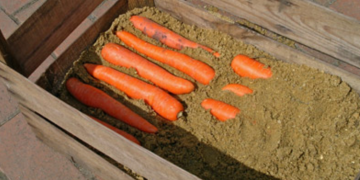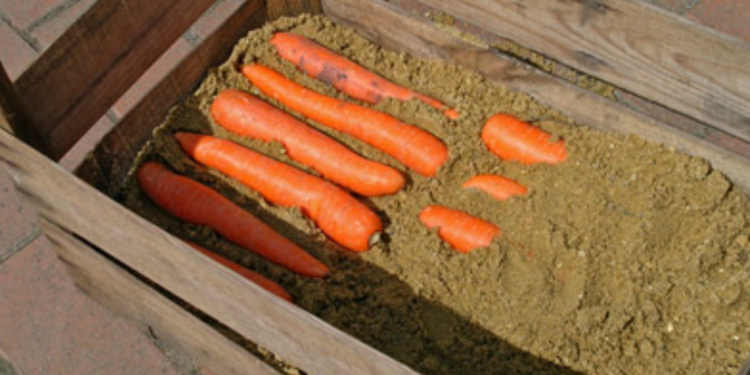#VegetablePreservation #AgriculturalScience #FarmersTips #SustainableFarming #CropLongevity #AgriculturalInnovation
In this insightful article, Dr. Lyudmila Lyasheva, a distinguished agricultural scientist and professor at the General Biology Department of the Northern Trans-Urals State Agricultural University, shares invaluable wisdom on preserving vegetables for extended periods. Drawing from her expertise, discover innovative storage methods that ensure your produce stays fresh and nutritious. Explore the art of vegetable preservation and revolutionize your approach to farming.
Preserving vegetables effectively is a crucial skill for farmers and agricultural enthusiasts. Dr. Lyudmila Lyasheva, an esteemed expert in the field, offers practical insights into maximizing the longevity of various vegetables. Her methods, rooted in scientific understanding, provide a roadmap for farmers, agronomists, agricultural engineers, and farm owners to safeguard their harvest and reduce waste.
Expert Advice: Preserving Different Vegetables
Potatoes:
Potatoes thrive in dry, well-ventilated spaces at temperatures not exceeding +4°C. Dr. Lyasheva recommends storing them in non-airtight wooden crates or sacks from sugar. Proper ventilation is essential to prevent moisture buildup, ensuring the potatoes remain firm and fresh.
Beets:
Beets can be stored atop potatoes in clean, dry river sand placed inside polyethylene bags weighing 15-20 kilograms. Leaving the bags slightly open facilitates air circulation, preserving the beets’ quality for a prolonged period.
Carrots:
For carrots, Dr. Lyasheva suggests using coarse sand for storage. The sand helps maintain optimal moisture levels, preventing wilting and ensuring the carrots remain crisp and flavorful.
Cabbage:
Cabbages should be stored in crates or on shelves with the stalks facing upwards. Leaving some outer leaves intact aids in retaining moisture within the heads. While slightly dried leaves are not a concern, if any begin to rot, it’s advisable to utilize the affected cabbage promptly to prevent spoilage.
Onions and Garlic:
Onions and garlic fare well at temperatures exceeding +15°C. Dr. Lyasheva recommends creating decorative braids with onions, allowing easy monitoring for sprouting. Garlic can be stored in boxes within kitchen cabinets, ensuring they are readily accessible for culinary use.
Dr. Lyudmila Lyasheva’s expertise illuminates the path to efficient vegetable preservation. Farmers, agronomists, agricultural engineers, and farm owners can implement these techniques to extend the shelf life of their produce. By combining scientific knowledge with practical application, the agricultural community can minimize waste, enhance sustainability, and contribute to a more resilient food supply chain.































